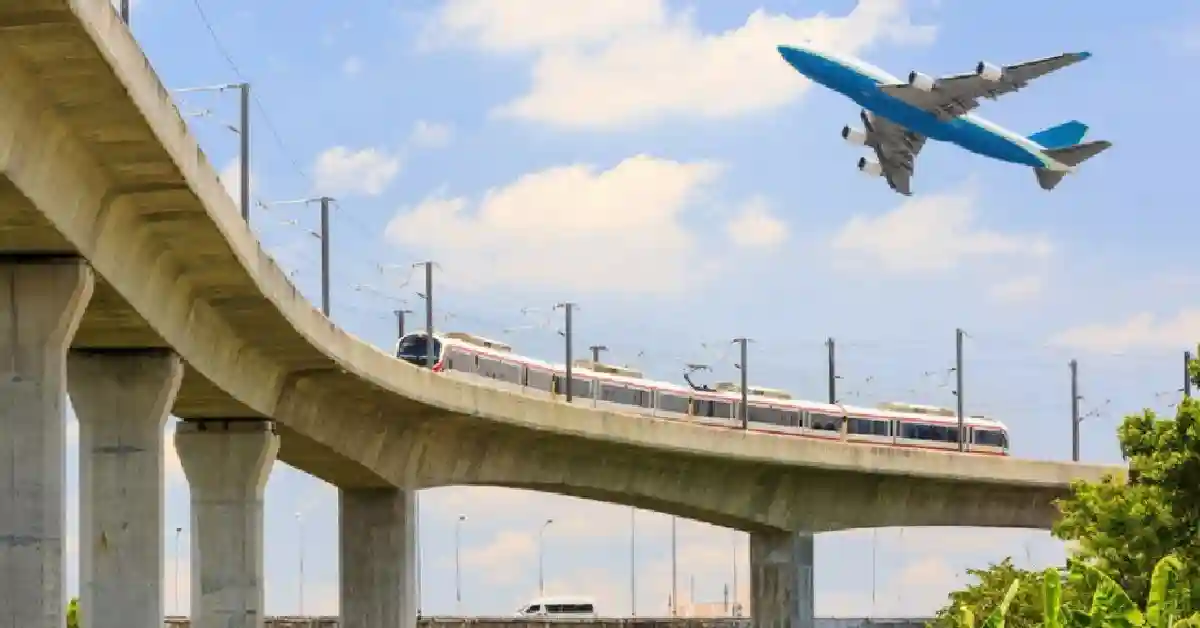Subtotal ₹0.00
Navin Dhanuka, Director – ArisUnitern RE Solutions Pvt Ltd.
Connectivity and economic opportunity are the two primary factors driving India’s real estate growth. Nowhere is this more visible than in Bengaluru, where the metro expansion, new expressways, and industrial corridors are setting new directions for return on investment (ROI).
What formerly was a city dominated by IT-related expansion in selected neighbourhoods, has become a city developing in all directions, with infrastructure emerging as the single biggest enabler of value creation. Complementing this are national initiatives like Bharatmala and Smart Cities, which have enhanced regional connectivity.
Expressways, across Bengaluru, are proving to be far more than stretches of asphalt designed to reduce travel times. In regions linked to expressways, land and housing prices have surged significantly. The Bengaluru–Mysuru Expressway, for instance, has cut travel time in half and triggered land and housing price surges along the corridor This single intervention has triggered a sharp rise in land and housing demand along the route, with suburbs such as Bidadi and Ramanagara drawing homebuyers who want more space at lower entry costs while still retaining city connectivity.
The expressway has also begun to attract commercial investments. Investors, both institutional and individual, see in this corridor a long-term bet where industrial and residential demand will grow in tandem. Additionally, land prices along the expressway have already appreciated. With the proposed suburban railway and the upcoming Mysuru airport, these gains will likely strengthen further and make the region one of the most attractive growth zones in southern India.
Similarly, the Bengaluru–Chennai Expressway (completion due 2025) will slash travel times and boost peripheral growth in Devanahalli and Hosur.
If expressways are connecting cities, metro networks are significantly changing the economics within Bengaluru itself. Namma Metro is India’s second-largest network and a game changer for both commuters and investors.
The launch of the Yellow Line connecting RV Road to Bommasandra — and by extension, Electronic City and Silk Board ,has already increased residential absorption and rental demand from IT professionals. Whitefield has benefited enormously from the Purple Line extension, with apartment values near Kadugodi rising sharply. Kanakapura Road too has transitioned from a developing belt to a residential hotspot after the Green Line extension improved connectivity.Looking ahead, the upcoming Blue Line, which will link South Bengaluru directly to Kempegowda International Airport, is expected to drive significant growth in Hebbal, KR Puram, and surrounding areas.
The ROI equation here is clear. First, neighbourhoods close to metro stations are enjoying a clear premium as buyers and tenants prioritise connectivity over other location factors. Second, rental yields are also increasing, allowing an investor to take advantage of both rental income and asset appreciation. Hence, developers are launching premium residential projects in close proximity to metro stations. Even buyers are now willing to pay a little bit extra to have the comfort of regular connectivity. The metro is becoming one of the most powerful ROI growth levers in a city that frequently gets labelled as suffering from too much congestion on the roads.
While expressways and metro networks improve connectivity, industrial development is creating new employment hubs — particularly in North Bengaluru.
The turning point has been the development of large-scale industrial and business zones around Kempegowda International Airport. The Aerospace and Defence Park in Bagalur, spanning 3,000 acres, has already attracted global names such as Boeing, HAL, and Rolls-Royce, and is projected to create several lakh jobs in the coming years. Adjacent to it, the Devanahalli Business Park is drawing IT and hospitality majors, while the massive Information Technology Investment Region promises employment for over a million people directly and millions more indirectly.
These economic engines are being reinforced by parallel transport upgrades: elevated corridors, the Peripheral Ring Road, the Satellite Town Ring Road, and the upcoming metro link to the airport. Together, they are turning Devanahalli, Yelahanka, and Hebbal into some of the city’s most sought-after residential and investment destinations. Additionally, professionals seeking proximity to future employment hubs and investors betting on appreciation are fuelling this momentum.
The long-term outlook suggests that over the next five to ten years, areas along the Bengaluru–Mysuru Expressway, the Sarjapur and Outer Ring Road corridors, Hebbal, and the airport-linked industrial hubs will deliver returns that surpass many traditional markets in the city centre. What we are witnessing is a shift from growth concentrated in select IT-driven zones to a multi-nodal expansion driven by infrastructure.
Bengaluru’s expressways are shrinking distances, metro corridors are reshaping urban mobility, and industrial parks are anchoring new employment ecosystems. For the realty sector, this trend is also redefining the investment fundamentals. Investors who align early with these infrastructure-led growth corridors are positioning themselves for some of the strongest returns the city has seen in decades. The future of infrastructure-driven ROI in Bengaluru will not be determined by where the city was yesterday, but by how its roads, rails, and industrial corridors are building the new map of opportunity














